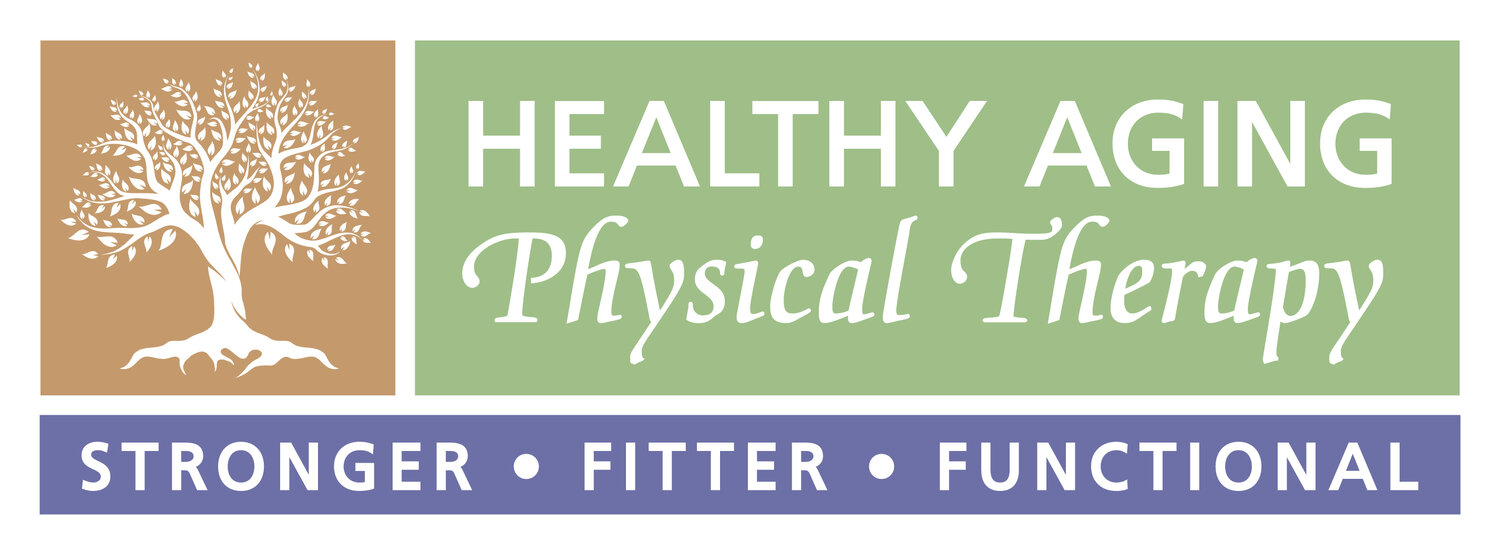April is Parkinson’s Disease Awareness Month
Healthy Aging Physical Therapy strives to give people living with Parkinson’s the support they need to better manage their symptoms - at all stages of the disease.
Chances are, if you’re reading this, you either have Parkinson’s Disease, know someone with Parkinson’s Disease or care for someone with Parkinson’s Disease. This is because Parkinson’s is the 2nd most common degenerative neurological disorder after Alzheimer’s disease, affecting nearly ten million people worldwide. Not only is it a very common disease, but the number of people diagnosed each year is RISING. Whether because we are living longer as a population, or because we are simply getting better at diagnosing this disease, it is estimated that from 1999 to 2015, the number of people living with PD actually DOUBLED.
Impacting the ability of the brain to create essential neurotransmitters like dopamine and serotonin, it also leads to an overabundance of neurotransmitters like acetylcholine. While these imbalances cause all sorts of symptoms in the body, Parkinson’s Disease is most commonly associated with the four cardinal signs: Rigidity, Bradykinesia, Postural Instability and Tremor. While less talked about, but often more disturbing, there are also non-motor symptoms commonly associated with Parkinson’s Disease, like low blood pressure and autonomic dysfunction, impairments in memory and cognition, anxiety and depression, trouble swallowing and frequent aspiration and bowel and bladder dysfunction, just to name a few. Fortunately, there are a number of medications that provide symptom management for people with Parkinson’s Disease by way of dopamine-replacement, or dopamine-support. Unfortunately, as the disease progresses, people often need higher and more frequent doses of these medications, which cause their own slew of side effects, including dyskinesias, the writhing, dance-like movements people often associated with this disease.
What you may not know, is that Exercise and Physical Activity has a HUGE role to play in the management of Parkinson’s Disease related symptoms. Not only can the right kinds of exercise slow disease progress, but it can be incredibly effective at managing both the motor and non-motor signs of Parkinson’s Disease. Beyond exercise, there are also many tips and tricks a Parkinson’s Disease Physical Therapist can teach you to ‘trick’ your body into doing what you want it to do, by taking the focus away from what isn’t working and redirecting it to strategies that will. Healthy Aging Physical Therapy was established to be a support to the Parkinson’s Disease community, by hiring Physical Therapists with advanced training in the care of people with Parkinson’s Disease. To live better with this disease, you need an expert by your side who knows how to guide you through all stages of the disease, as your needs will change as your disease progresses. We have providers who are certified in both BIG/LSVT and PWR! Moves Therapies, as well as providers with extensive experience working with the Americans with Parkinson’s Disease Association, who are here to help you every step of the way. Whether you choose 1:1 At-Home Therapy or join us for one of our Power over Parkinson’s Group Fitness Classes, we want to help you feel and function at your best.
To request an Free Phone Consultation to see How Healthy Aging PT can help you, click the button below:
To learn more about our Power over Parkinson’s Group Fitness Class, click the button below:
To learn more about BIG/LSVT & PWR! Moves Parkinson’s Therapy, click here the button below:


